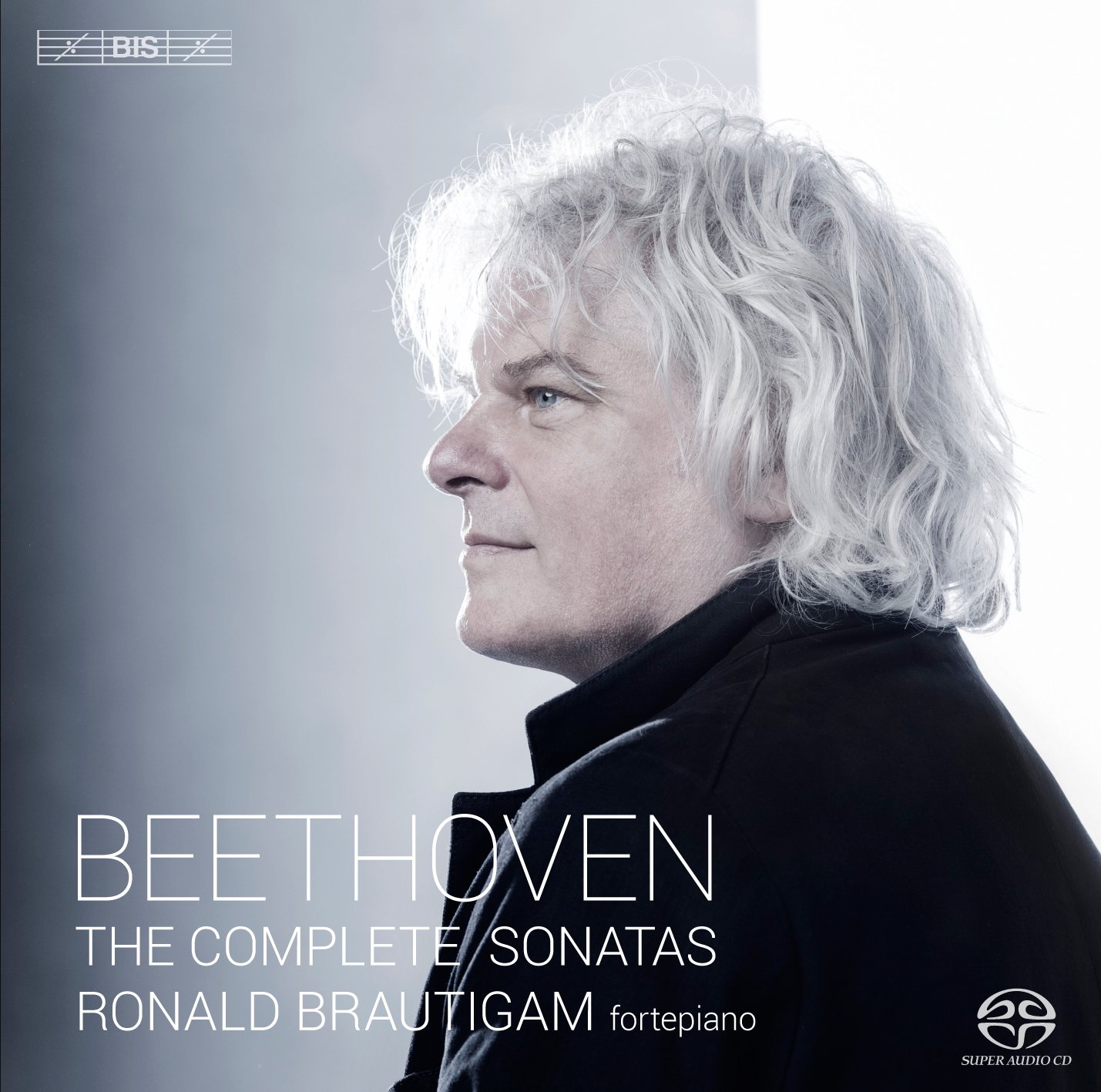

I am presently looking for recipes for the best way to prepare crow. Sadly, there seem to be any: I’m told that crow meat smells bad and tastes worse (the things eat carrion, after all). Consequently, I fear that I’ll have to eat mine raw, crow tartare, as it were. (Does anyone out there want the eyes? The beak?)
What, pray-tell, has forced me into such a wretched gastronomic situation? Alas, as is usually the case when one must eat crow, it is my own ignorance and hubris.
To wit. For lo these many years, I have always looked down on the fortepiano: those early pianos distinguished by their wood-framed (as opposed to metal-framed) harps, built between 1700 and 1825. In my ignorance, I have long considered wooden-harped pianos to be transitional instruments, prototypes, transiting the temporal space between the invention of the piano by Bartolomeo Cristofiori to the Erards and Pleyels of the 1830s and finally to the Steinways of the 1860s (now THAT’S a piano!, or so I thought).
A couple of months ago, we engaged here on this site in what was a spirited and most constructive discourse on HIPs (historically informed performances, meaning “original instrument” recordings) and the generally faster tempi heard on such recordings. I declared myself to be quite enamored of many such recordings – particularly those made by John Eliot Gardiner and Trevor Pinnock – for their tempi, clarity, and timbral balance.
However, I didn’t extend such a welcome hand to fortepiano performances. I own a bunch of them by such outstanding pianists as Paul Badura-Skoda, Andreas Staier, Malcolm Bilson, Robert Levin and Melvyn Tan, both solo performances and with orchestra. In listening to these recordings, I’ve never been able to overcome my belief (my prejudice) that had a modern Steinway D been available to Mozart or Beethoven they would have abandoned their lightweight balsa wood and dental floss instruments/toy pianos and embraced the modern piano in half a heartbeat.
Perhaps I can moderate the taste of the crow by squirting on enough ketchup? Tabasco? A1? Grey Poupon? (But of course!)
A few years ago, my wife and I were invited to dinner at the San Francisco home of our dear friend, Barbara Hassid. Babette (as her friends call her) is a conservatory-trained pianist, a retired Professor from San Francisco State, and currently Director of the Beethoven in Bonn Institute. She travels in the highest circles of Beethoven research and performance. Her guest of honor that evening was the Dutch pianist Ronald Brautigam, who was in town to concertize. I made us all martinis; we all got properly sloshed and had a great evening. Ron was brilliant: articulate, smart, quick-witted, funny as hell, and like virtually all of the Dutch people I have met, his English was better than mine.
So: did I run out and buy the recordings made by this wonderful dude? No, I didn’t, because sometimes I’m an idiot.
In light of our discussions on this site, I decided it was high time for me to reconcile my love of original instrument recordings with my general dislike for fortepiano recordings. So about a month ago I purchased a number of fortepiano recordings, including Ron Brautigam’s complete Beethoven Piano Sonatas on fortepiano, recorded on the BIS label. I have been listening to the set for a month, almost non-stop, and am now prepared to go on the record.
Pass the ketchup.……

